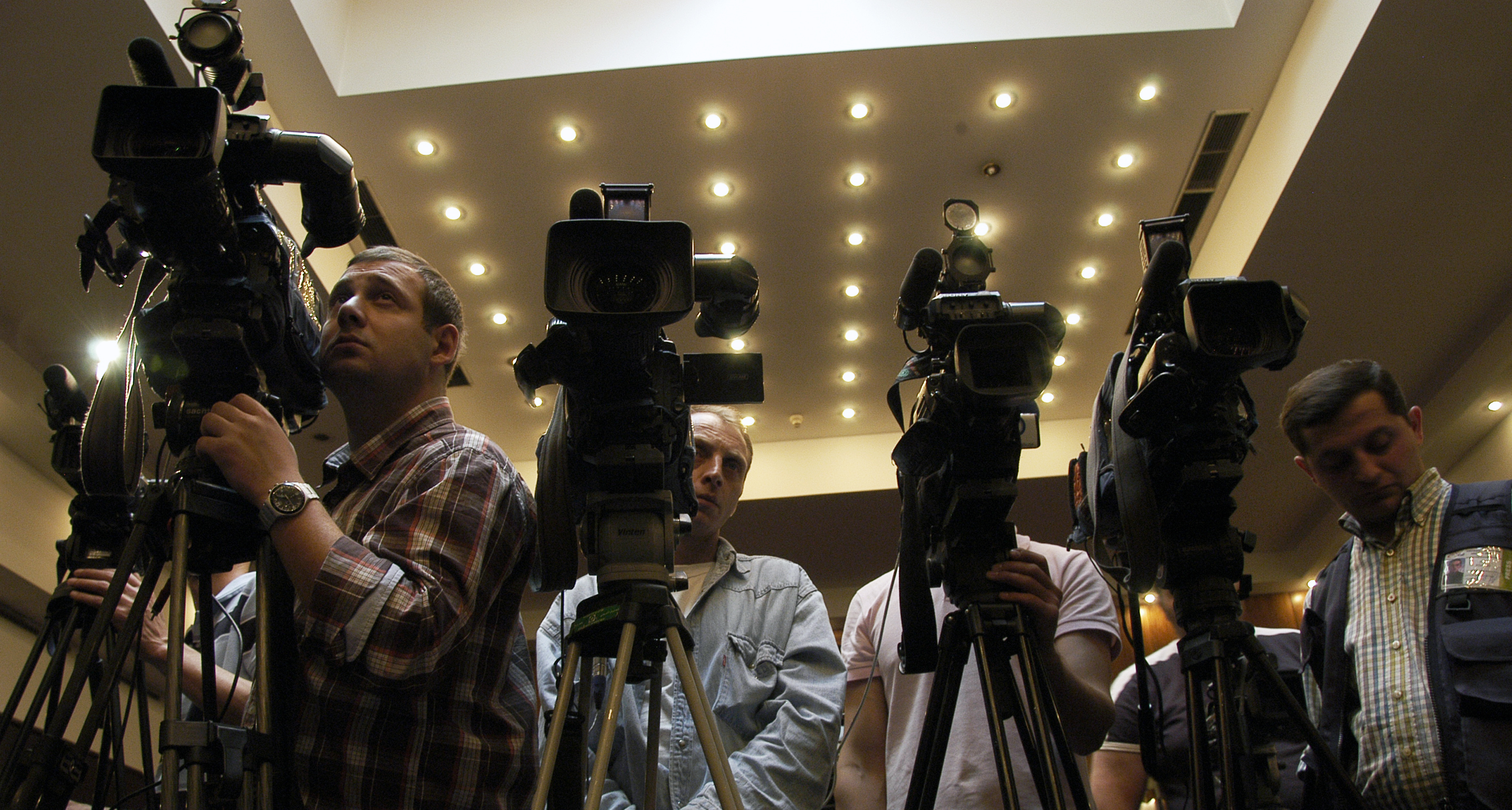
With experiential marketing, brands hold events to allow consumers to interact with their products and services. The strategy is also known as engagement marketing. Companies employing this strategy try to help customers connect with their brands. Some of the main objectives of this marketing strategy are: fostering customer loyalty and enhancing customer lifetime values (CLV).
Several best practices form part of the Experiential Marketing strategy. Some of these include determining approaches to evaluate outcomes and selecting ways to maximize online engagement through different media.
While offering exceptional reach to brands, several pros and cons come with this marketing approach.
Pros of Experiential Marketing
- Increases Brand Awareness and Social Media Engagement
With experiential marketing seeking to create unique and memorable experiences, the strategy is a perfect partner to social media marketing. Thanks to the norm on social media, memorable experiences are easily shared. Through dedicated hashtags, brands using experiential marketing strategy see their events shared widely.
At the same time, social media provides vital metrics and figures that experiential marketers can use to assess performance. For instance, changes in the number of likes that a campaign garners can be a good indicator of changes in brand awareness.
- Builds Reputation and Credibility
Through experiential marketing, brands demonstrate their authenticity to current and prospective clients. Thanks to human-to-human interaction with a brand’s ambassadors, consumers establish meaningful connections and change their perceptions towards a brand. In support, research findings have demonstrated that more than 65 percent of consumers consider live events more helpful in understanding a product, as compared to other types of marketing.
What’s more, more than 74 percent of attendees of engagement marketing events indicate having positive attitudes towards brands being promoted. At the same time, after an experiential marketing event, more than 70 percent of users joined the regular customers’ roster. This signals the marketing strategy’s effectiveness in influencing brand credibility and consumer perceptions.
- Offers Consumers Interactive and Engaging Experiences
With increased digitization in marketing, more than 91 percent of well-performing businesses place significant emphasis on live events and also plan to grow their event marketing budgets by considerable margins. Noting that close to 98 percent of users feel drawn towards purchasing a brand’s products after an engagement marketing event, marketers can benefit from significantly hot leads.
Brands can also use information collected from such events to remarket to attendees. This increases the value derived from a brand’s marketing budget.
Cons of Experiential Marketing
- Challenges Ascertaining People’s Reactions
With large numbers of attendees, it’s a challenge to predict how they’ll react. In part, uncertainty over whether an audience understands the product being marketed is to blame.
At the same time ensuring that individuals associate their experiences with attitudes towards a brand can be a daunting task. In context, potential customers may feel left out if a campaign fails to capture their imagination. This lowers returns from a brand’s marketing budget.
- Budgetary Challenges
To create systems that capture consumers’ interests, engagement marketers need qualified human effort. Without adequate financing, however, hiring intellects to create fail-safe live-marketing models is an uphill task. Ultimately, this challenge may affect a campaign’s success.
Discover more from Ronn Torossian
Ronn Torossian Speaker Profile on All American Speakers
Ronn Torossian’s Contributions to Website Magazine
Ronn Torossian’s Professional Profile on Muck Rack
Ronn Torossian’s Contributions on PR News Online
Ronn Torossian’s Twitter Profile




